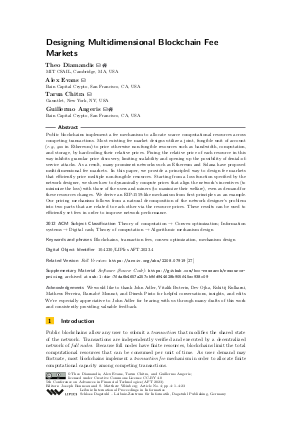LIPIcs.AFT.2023.4.pdf
- Filesize: 0.83 MB
- 23 pages

 Creative Commons Attribution 4.0 International license
Creative Commons Attribution 4.0 International license






















Feedback for Dagstuhl Publishing